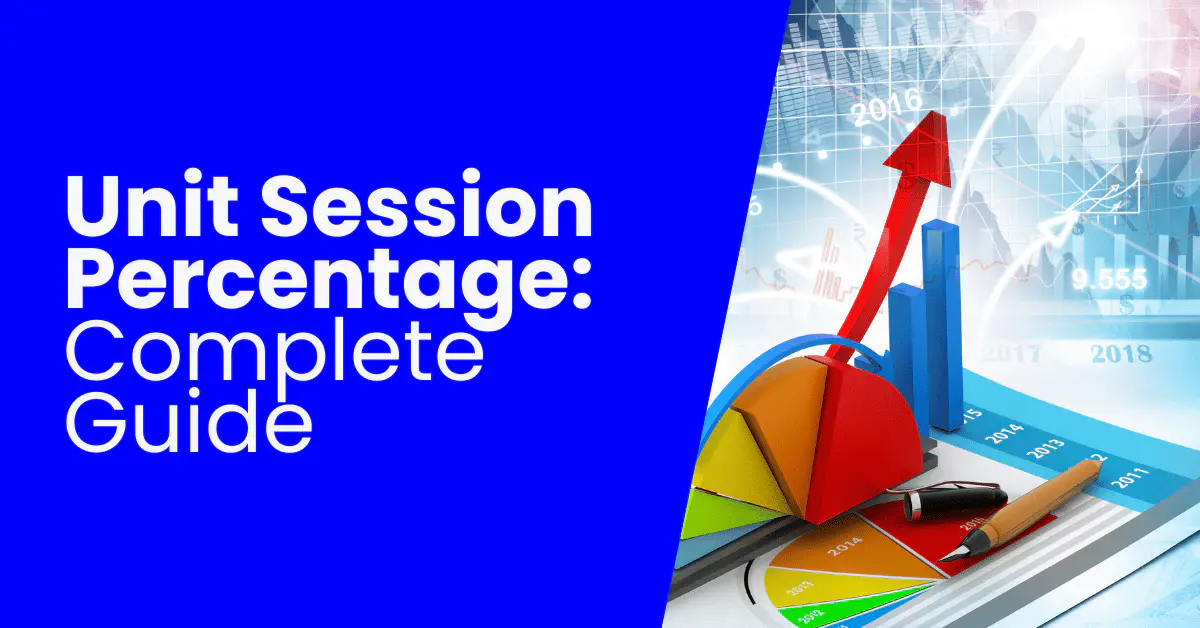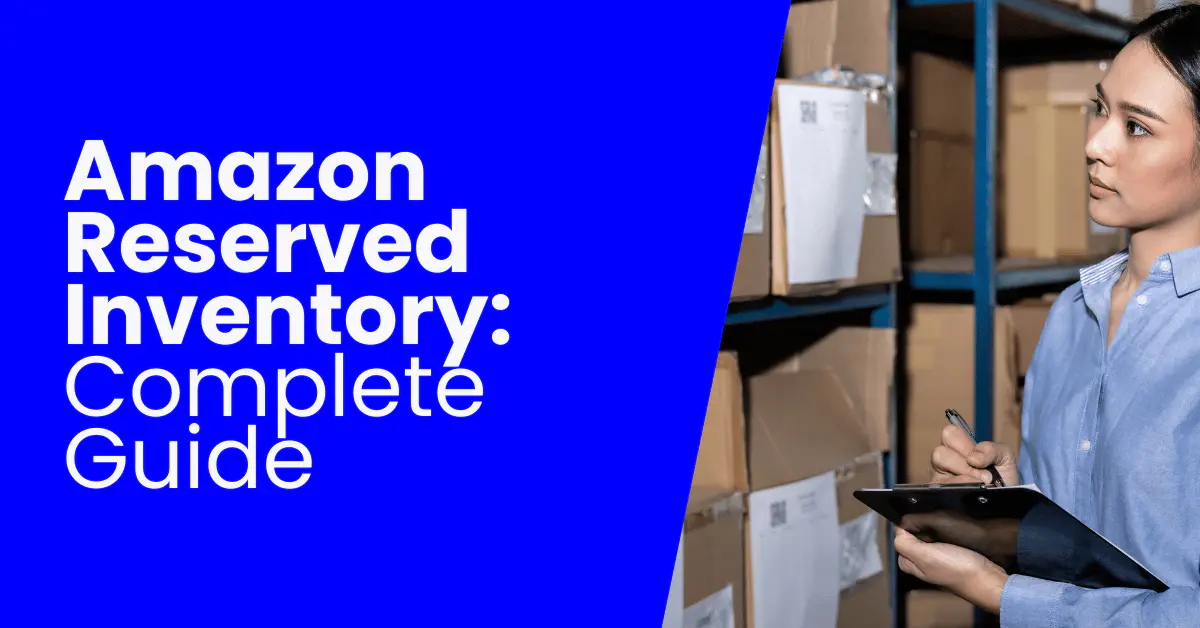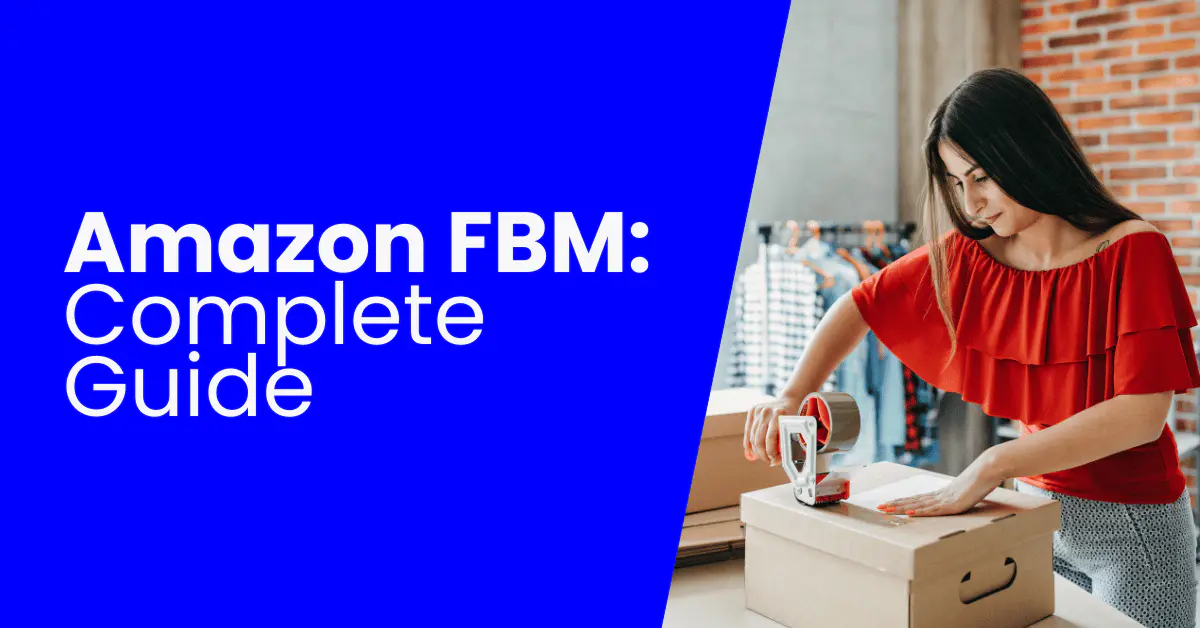How Does Amazon FBA Work? [EXAMPLES]
Last Updated on October 1, 2025 by Tanner Rankin
Key Takeaways:
How Does Amazon FBA Work? Amazon FBA, Fulfillment By Amazon, is a program where Amazon Sellers can make their products Prime Eligible by sending their inventory to Amazon Fulfillment Centers across the country and when a customer places an order, the order ships from the closest Fulfillment Center and Amazon handles the customer service.
The biggest benefits of FBA on Amazon for the seller are Prime Eligibility, handing off customer service to Amazon and not having to fulfill orders, rather fulfillment by Amazon.
Amazon FBA Fees: How much does Amazon FBA Cost? The fees associated with fulfillment by Amazon FBA are your Selling Plan which is $49.99, Referral Fees which are category dependent and between 10 – 17%, Stickering & Labeling ($0.30 per label), Fulfillment Fees & Storage fees (see Amazon FBA Fees section for details).
Table of Contents
In over 10 years as an eCommerce Fractional CMO, Amazon Consultant, and eCommerce Consultant, not to mention CEO, I’ve seen just about every mistake and the lessons from them. That means you get all the learnings without the scars.
Selling on Amazon with fulfillment by Amazon can drive a ton of revenue but also be incredibly complex. If you’re an Amazon Seller Central Seller or selling Amazon B2B, knowing what FBA is and if FBA on Amazon is right for your business sits right on top of the priority list.
You are going to get in-depth and actionable insight into how Amazon FBA works and if FBA on Amazon is right for your business as well as how to drive sales on FBA for Amazon.
What is Amazon FBA?
If you’ve ever wanted to sell on Amazon, but not have to fulfill every order and handle customer service, take it from someone who does Amazon FBA Consulting, Amazon FBA with fulfillment by Amazon is for you.
So, what is Amazon FBA?
Amazon FBA, Fulfillment By Amazon, is a program where Amazon Sellers can make their products Prime Eligible by sending their inventory to Amazon Fulfillment Centers across the country and when a customer places an order, the order ships from the closest Fulfillment Center and Amazon handles the customer service.
If you have a Pro Amazon Seller Account through Seller Central, then you can use the Amazon FBA program to sell on Amazon.
Here is how Amazon FBA works…
How Does Amazon FBA Work?
How Does FBA Work?: Amazon FBA works as your fulfillment channel for Amazon Seller Central Sellers. You send your inventory into FBA fulfillment centers around the country and when a customer places an order from your Amazon store, the order is sent to the customer directly by Amazon instead of the merchant (you). The most notable benefit of Amazon FBA is it makes your products Prime eligible.
The other way to fulfill orders on Amazon is Merchant fulfillment.
What’s the difference between Amazon FBA and Merchant Fulfillment?
How FBA Works:
- A customer places an order on Amazon from your Amazon Seller Central store.
- You receive notice of the order.
- Amazon picks packs and ships the order to the customer for you.
IMPORTANT NOTES:
- Your orders ARE Prime eligible for 2-day shipping.
- Amazon charges a fee to store your items in their fulfillment centers and to fulfill orders. You can estimate the fees for your products with a free tool that Amazon provides: Amazon FBA Calculator.
- You can choose to use Amazon’s shipping carriers to get reduced rates that Amazon has to ship your inventory to Amazon FBA fulfillment centers.
- You can also choose to use your own shipping carrier to ship the inventory to Amazon.
- Amazon handles customer service and inquiries.
Amazon Merchant Fulfillment:
- A customer places an order on Amazon from your Amazon Seller Central store.
- You receive notice of the order.
- You ship the order to the customer directly from your warehouse.
IMPORTANT NOTES:
- These orders are not Prime eligible for 2-day shipping.
- You are responsible to pick, pack and ship the order.
- You are responsible for inquiries and customer service.
Your Amazon FBA performance is reflected by your Inventory Performance Index Score (IPI Score).
Your IPI Score is comprised of:
- FBA Sell-Through
- Excess Inventory Percentage
- FBA In-Stock Rate
- Stranded Inventory Percentage
Your IPI Score is a number represented from 0 – 1,000, the larger the number the better.
Your goal is to be above 550.
Your IPI Score impacts how much inventory you can send to Amazon FBA and even the storage fees you will pay.
If you want to learn more, I recommend my How To Increase Amazon IPI Score article.
Amazon FBA FAQ:
Simply by using Amazon FBA, does this make my products available for Amazon Prime?
Yes it does! It’s that simple.
Amazon is very serious about delivery times to customers and can only ensure the 2-day shipping window is met when they control every aspect of fulfillment.
Therefore, you’re only eligible for Prime shipping if Amazon has the inventory and fulfills it through Amazon FBA.
What if Amazon Loses My Inventory Before It Gets Into Fulfillment Centers?
- You will need to deal with Amazon Seller Support ASAP.
What is Amazon Prime (1 and 2-day shipping) and why is it so important?
By being a paid subscriber to Amazon Prime, you receive free 2-day shipping on every order that is Prime eligible.
An order is FBA By Amazon Prime Eligible if:
- The order is at Amazon fulfillment centers either through a Seller Central Seller using Amazon FBA or…
- A Vendor Central Seller that has a wholesale relationship with Amazon by wherein Amazon purchases the inventory from the brand, making them a vendor, and Amazon thus owns the inventory and stores it at their fulfillment centers, prices it on its marketplace and fulfills it to the customer.
How Much Does Amazon FBA Cost?
I mentioned the Amazon FBA Calculator but I also give a breakdown below in the Amazon FBA Fees section.
Does Seller Fulfilled Prime Eligible 2 Day Shipping Exist (Merchant Fulfilled Prime)?
It does! Learn about eligibility, how it works and how to sign up here: Amazon Seller Fulfilled Prime: Everything You Need To Know
Can’t I Just Skip the FBA Amazon Fees and Use That Then?
No as you need to meet the Amazon Seller Fulfilled Prime requirements and go through a qualification period.
How Does FBA Work?
You send inventory into Amazon Fulfillment Centers across the country. Products sent to Amazon FBA will be Prime eligible. When orders are placed, Amazon will ship them to your customer and handle customer service.
While Amazon doesn’t come out and say what metrics they track and for how long to determine if an Amazon Seller Central partner is eligible for Merchant Fulfilled Prime 2 Day Shipping, I have had clients achieve this, but definitely not overnight and definitely not at low volume.
These Are the Metrics I Believe Play a Major Role in Amazon Seller Fulfilled Prime:
- Seller Feedback Rating
- Order Defect Rate
- Perfect Order Percentage
- Order Processing Speed
- In Stock Rate
- Sustained Sales Volume & Velocity
- Number of ASIN’s
Amazon FBA works by allowing Amazon to control the fulfillment experience for the customer which in turn allows Amazon to ensure the customer gets a fast and efficient shipping experience.
This positive experience is passed along to you, the seller.
That said, what are the Amazon FBA fees?
Amazon FBA Fees
What does Amazon FBA Cost?
Amazon FBA Fees for fulfillment by Amazon break down like this:
Professional Seller Central Account: $39.99 / mo.
Shipment From Your Warehouse To Amazon Fulfillment Centers: Vary by weights & dimensions, you do get access to Amazons partner carrier rates which are significantly more cost-effective than typical rates.
Stickering & Labeling: $0.30 per product if you choose to have Amazon label the products for you with the FNSKU.
Amazon FBA Storage Fees:
| Dates | Standard Size | Oversize |
|---|---|---|
| January - September | $0.75 per cubic foot | $0.48 per cubic foot |
| September - January | $2.40 per cubic foot | $1.20 per cubic foot |
| Long Term Storage Fees | $6.90 per cubic foot | $6.90 per cubic foot |
Amazon FBA Fulfillment Fees:
| Size tier | Max dimension | Shipping weight ¹ | Packaging | Fulfillment fee per unit ² |
|---|---|---|---|---|
| FBA Small and Light | 16" x 9" x 4" | 4 oz. or less | 0.7 oz. | $1.97 |
| 4+ oz. to < 10 oz. | 0.7 oz. | $2.39 | ||
| Small standard | 15" x 12" x 0.75" | 10 oz. or less | 4 oz. | $2.50 |
| 10+ to 16 oz. | 4 oz. | $2.63 | ||
| Large standard | 18” x 14” x 8” | 10 oz. or less | 4 oz. | $3.31 |
| 10+ to 16 oz. | 4 oz. | $3.48 |
||
| 1 to 2 lb | 4 oz. | $4.90 |
||
| 2 to 3 lb | 4 oz. | $5.42 |
||
| 3 to 21 lb | 4 oz. | $5.42 + $0.38/lb above first 3 lb |
||
| Small oversize | 60" x 30" | 71 lb or less | 1 lb | $8.26 + $0.38/lb above first 2 lb |
| Medium oversize | 108” (longest side) | 151 lb or less | 1 lb | $11.37 + $0.39/lb above first 2 lb |
| Large oversize | 108” (longest side) | 151 lb or less | 1 lb | $75.78 + $0.79/lb above first 90 lb |
| Special oversize | >108” (longest side) | N/A | 1 lb | $137.32 + $0.91/lb above first 90 lb |
Amazon FBA Benefits
As a consultant for Amazon I can tell you there are certainly a lot of benefits of Amazon FBA in the way of sales, efficiency and reputation.
When I’m working with an Amazon Consulting client as an Amazon Seller Consultant, this is how I break it down:
1) Order Fulfillment Is Handled For You
The first benefit of Amazon FBA fulfillment by Amazon is that you don’t have to pick, pack and ship orders every day.
This process can be very challenging for small and medium-size businesses and at a certain point, it becomes a headache for large businesses as well.
So offloading the order fulfillment process entirely to Amazon becomes very attractive due to the simplicity.
2) 24/7 Customer Service
Are you a customer service specialist ready to take questions from your consumers at all hours of the day and night? Well, you don’t have to be.
When you use Amazon FBA, Amazon handles all customer inquiries, refunds and returns for your orders. And even better, they are available to your customers 24/7.
This service is provided at no additional charge to you and can save you countless hours that could be better spent growing your business.
3) Review Quantity & Quality
How Amazon FBA works to increase the quantity and quality of reviews:
- Customers get a better experience because they get 2-day shipping.
- Customers who subscribe to Prime are more engaged in the Amazon shopping experience.
- Therefore, they tend to leave more reviews.
- You can use the Amazon Request a Review Button for Amazon FBA orders and seller fulfilled orders.
If you’re interested in learning more about how to get reviews on Amazon, I took a comprehensive deep dive that is updated regularly here: How To Get Reviews on Amazon
4) Trust
From its start as an online bookstore over 20 years ago, growing to its over 480 million listed products and over 244 million customers, Amazon has created a strong reputation for itself.
With this reputation comes trust from its customers. If something goes wrong, people know that Amazon will work diligently to rectify it.
Because of this, customers are more likely to buy a product when it has the Amazon Prime badge because to a consumer this means there is less risk associated with the purchase.
5) Improved Visibility In Product Searches (Amazon SEO)
As you most likely know, Amazon has its own algorithm when ranking certain product listings over others. This product search algorithm is called A9.
This is the driving force behind Amazon SEO.
There are many factors that go into Amazon Listing Optimization and ranking your product over your competitor’s products. One of the largest factors is sales.
Notice that many high ranking products on Amazon are FBA, like these top-ranking Bluetooth mouses.
How Amazon FBA Works to help you rank higher really boils down to the fact that it impacts many of Amazon’s ranking factors.
For more information on how to get your products to rank over your competitors’ on Amazon check out Amazon SEO – Everything You Need To Know [INFOGRAPHIC]. Plus, I’m an Amazon Consultant with 10+ years experience if you need help making getting found quicker & easier.
6) Can Help You Win The Buy Box (Featured Offer)
Amazon FBA offers a superior shipping experience over Amazon FBM (Fulfilled By Merchant) so if your offering is FBA, then this can help you win the Amazon Buy Box.
So clearly Amazon FBA works to improve sales and has many benefits, but will it work for YOUR business?
What is Amazon FBA Small & Light?
The Amazon FBA Small and Light Program enables Amazon Sellers with small and lightweight products to still offer fast and free shipping, while also getting the Prime badge next to their listings.
Amazon FBA Small and Light also serves as a solution to the dreaded Amazon add-on item problem.
Amazon FBA Small and Light Program FAQ:
Do products offered through Amazon FBA Small and Light still qualify for 2-day shipping?
- No, but they qualify for 3 – 5 business day shipping. Still pretty quick.
Do products offered through Amazon FBA Small and Light still get the Prime badge?
- Yep!
What are the requirements for the Amazon FBA Small and Light Program?
- Weight: 15oz or less
- Size: 16 x 9 x 4 inches or less
- Price: $15 or less
- List of Restricted Products
What are the Amazon FBA Small and Light fees?
- Items $5 or Less:
- Order Handling: $0.80 per order
- Pick & Pack: $0.75 per unit
- Weight Handling: $0.11 per oz (up to 15 oz per unit)
(round up to the nearest whole oz)
- Items $5 or More and Less Than $15
- Order Handling: $1.00 per order
- Pick & Pack: $.75 per unit
- Weight Handling: $0.11 per oz (up to 15 oz per unit)
(round up to the nearest whole oz)
- Enroll by clicking here.
Who is a Good Fit For Amazon FBA?
You’ve worked out the Amazon FBA calculator and the costs for FBA for Amazon.
Does FBA By Amazon fit your business model?
If your margins make sense and you have room for advertising, double down on Amazon FBA.
If the margins are barely there with advertising, may still make sense to use FBA By Amazon.
The truth is many use Amazon as something similar to a loss leader or break even marketing mechanism.
So what is Amazon FBA? A marketing and brand awareness tool.
There are millions of customers on Amazon every day at the end of their customer journey looking for products to purchase, already with their payment information ready to go.
There is inherent trust built into the Amazon marketplace, so customers are willing to commit to the purchase.
So what you’ll see is, many brands will use Amazon as a marketing mechanism for visibility to expose their brand and customer experience to customers.
Then it’s all about upsells, cross-sells and lifetime value of the customer.
If you can make FBA By Amazon work, do it.
Trying to thrive on Amazon only through Amazon Merchant Fulfillment is too difficult. Granted, now there is Seller Fulfilled Prime, but if you’re also looking to reduce your ACoS on Amazon, to spend less on Amazon advertising, FBA by Amazon with Prime eligibility is BY FAR the way to go.
With the ever-growing list of Amazon Vendor partners and the ease of access to Seller Central and FBA, the competition is stacked.
So, what can you do to beat your competitors on Amazon and make Amazon FBA work for you?
How To Optimize Amazon FBA
After reading this, you’re probably ready to log on to Seller Central and create that shipment plan right now to send inventory to Amazon FBA.
Like anything else, you don’t want to rush into FBA By Amazon and you want to make sure you have a plan that will check off certain boxes:
How To Drive Sales By Optimizing Amazon FBA:
- Get more Amazon reviews
- Get more seller feedback
- Drive external traffic to Amazon product listings
- Limit returns and negative feedback
- Leverage Amazon Product Listing Optimization to increase sales velocity
- Partake in Brand Registry on Amazon so you can use:
- Enhanced Brand Content
- Amazon Product Listing Video
- Amazon Storefronts
Do this first.
1) Product Inserts For Reviews & Customer Service
Before you send the inventory off to Amazon, make sure each unit contains a product insert that:
Amazon FBA Product Insert Best Practices:
- Asks for an honest review and expresses how much reviews mean to you
- Asks to share an image of them using it on social media
- Tells them if they have a problem, you’re happy to fix it and to contact you via Amazon customer service
- Helps them get the most value out of the product, including a tip or 2 that may not be obvious to help limit returns
The next thing you want to make sure you have set up is an email follow up sequence.
2) Email Follow Up Sequence
“The fortune is in the follow-up.” — we’ve all heard that right?
It’s a no-brainer that you want to follow up with customers that buy from you to either get reviews, cross-sell or up-sell more products, etc.
As you may or may not know, you do not have access to the emails of the customers that buy from you on Amazon.
That doesn’t mean you can’t follow up with them.
Email follow up sequence service ties into Amazon’s API’s and allows you to send follow up emails to your customers that will help you:
How Email Follow Up Sequences Help With Amazon FBA:
- Get reviews
- Improve customer service
- Limit returns by including tips & tricks on how to use your product
You see the power in this right?
You’re influencing some of the most important factors that impact your long-term success on Amazon.
Speaking of influencing…
3) Increase Amazon SEO & Decrease ACoS With Amazon Influencers
Did you know that Amazon has had Amazon Influencers since 1996?
It’s called the Amazon Associates Program or the Amazon Affiliate Program.
It’s the world’s largest Affiliate Program with 1 million + Amazon Influencers referring to Amazon every day.
Types of Amazon Influencers To Help You Grow On Amazon FBA:
- Blogs
- YouTube Videos
- Medium Posts
- Pinterest Pins
- Social Media Posts
- Twitch Streams
- Quora Questions
- Major Media Outlets
- Media Publications
They earn a commission from Amazon directly that isn’t taken out of Amazon Sellers pockets.
Ever see an article like this?
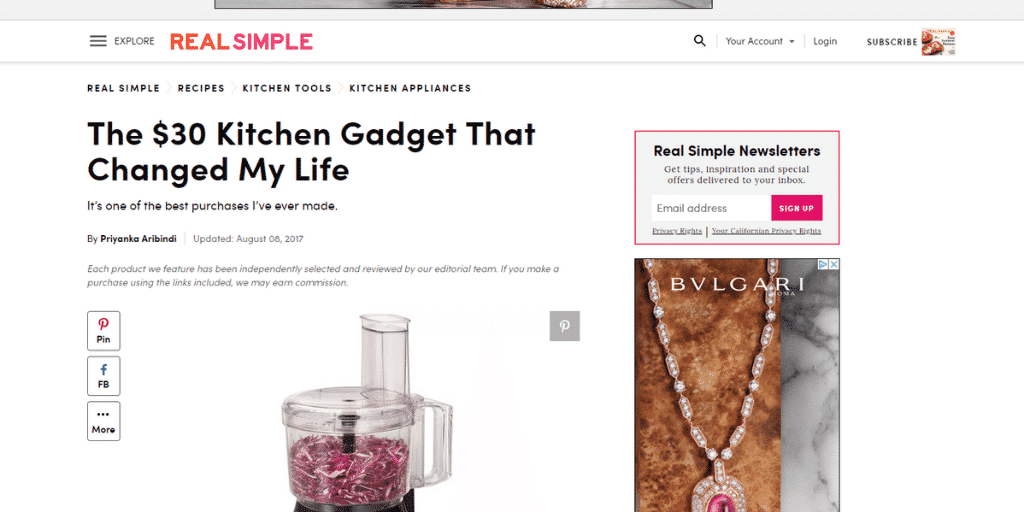
Of course you have, that’s an Amazon Influencer.
Not only are they great at building awareness, but Amazon Influencers drive sales and are experienced in referring sales to Amazon specifically.
Referazon has a tool that helps brands find Amazon Influencers instantly.
They find them for you, tell you what to say to an Amazon Influencer to recruit them, tell you what to ask for from them and even make tracking & managing them easy peasy.
Referazon has a fully functional free trial, take no commissions and even have a money-back guarantee.
At the end of the day, customers are still going to your product listings to purchase.
You need to give yourself the biggest opportunity to capture as many sales as possible with Amazon Listing Optimization.
The Amazon Prime 2 day shipping badge will get you more clicks to your listing, but you still need to convert folks.
How Do Amazon FBA Returns Work?
How do Amazon FBA Returns work?
Amazon FBA Returns work like this:
When a customer requests a return for a product they purchased via Amazon FBA, Amazon instantly accepts the return and takes the funds from your upcoming disbursement, then provides the customer with a shipping label to return the item to the closest warehouse.
Customers are entrusted to return the item within 45 days.
After your Amazon FBA return is received, the warehouse will inspect the product and the customer’s return reason, then make a decision if the item is still in sellable condition or not.
What if the item is unsellable?
You, as the Amazon seller can choose to have Amazon FBA returns sent back to you or disposed of when considered unsellable condition.
In many cases, you may deem the item as still sellable through channels such as clearance items on your website, etc.
What if the item is still sellable?
“Sellable” and the condition of your Amazon FBA returns fall into a few different categories:
1. Sellable Returns: Sellable returns that are unused and/or undamaged will be placed back into your inventory and there is nothing you, as the seller needs to do further.
2. Damaged Returns: If the item was damaged by you, the seller, prior to it arriving at the Amazon FBA warehouse, then you are not eligible for reimbursement. If the item was damaged by Amazon, either shipping to the customer or receiving the return back, or in transit, then you, the seller are eligible for reimbursement. What’s more, these items will not be returned to your sellable inventory.
3. Customer Damaged Returns: This means, the customer purchased the product, opened it, damaged it and it is no longer in sellable condition. Products damaged by the customer will not be returned to your sellable inventory and will not be eligible for reimbursement.
4. Carrier Damaged Returns: If the product was damaged in transit by the carrier, you will be reimbursed by Amazon. A removal order is not necessary on these returns.
5. Defective Returns: Defective returns happen when the customer’s return reason is selected as “defective”. The customer is refunded instantly and when the item is returned to your inventory, it is listed as “unsellable”. Instead of a disposal removal order, many Amazon sellers consider a removal order by sending the inventory back to their warehouse for inspection to determine if the item actually is defective and if they can resell or liquidate the item.
FBA Liquidations:
The Amazon FBA Liquidations Program was created to help Amazon FBA Sellers to recoup revenue from unsellable customer returns.
How FBA Liquidations Works:
Instead of creating a removal order and paying to have unsellable inventory returned to you as an Amazon Seller, you can opt for the inventory to be placed into the Amazon FBA Liquidation Program.
According to Amazon (must be logged into Seller Central to view link):
” By liquidating inventory, you recover a portion of your inventory cost (net recovery value) while avoiding monthly storage fees and aged-inventory surcharges, formerly known as long-term storage fees. The net recovery value should appear in your account within 60 days, and no later than 90 days, after your liquidation order is submitted.”
How Amazon Calculates Your Net Recovery Value:
“Amazon determines the average selling price (ASP) of your inventory by evaluating several factors, including:
- Your sales history
- The average FBA selling price on Amazon
- The sales history of the specific ASIN
Based on contracted rates, liquidators will purchase this inventory for a gross recovery value, which is about 5% to 10% of its ASP. Amazon will then deduct fees and pay you the net recovery value.”
Amazon FBA INFOGRAPHIC
Frequently Asked Questions
By the way, if you want to sell more and spend less, I’m the only top-rated eCommerce Fractional CMO, Amazon Consultant & eCommerce Consultant with 10+ years of Fractional CMO Agency, Amazon Consulting & eCommerce Consulting experience, blending AI & the award-winning Source Approach method for blazing fast, scalable results.
Get a quick free consultation.

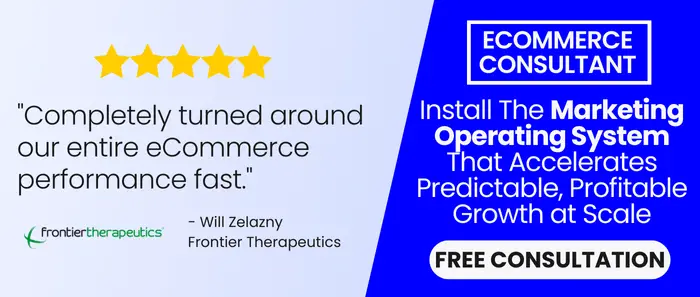

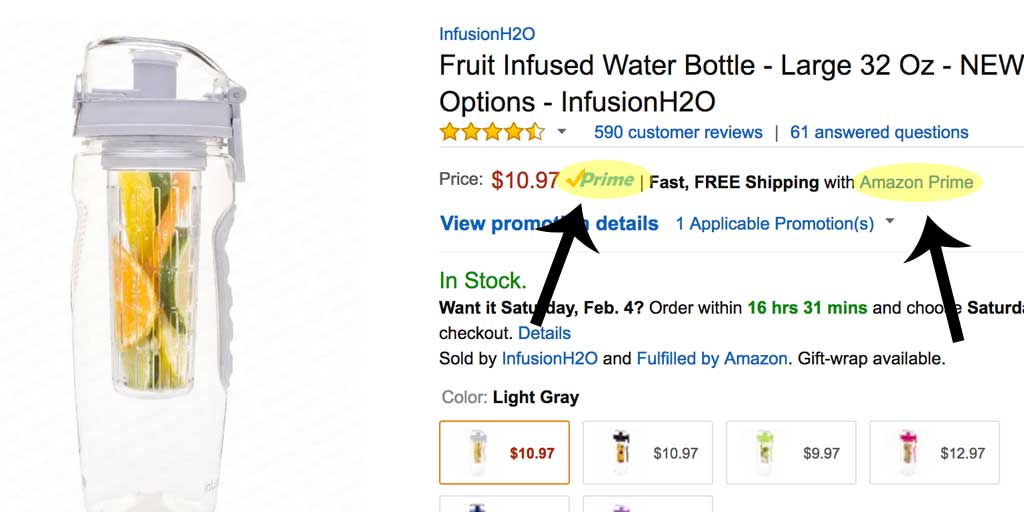
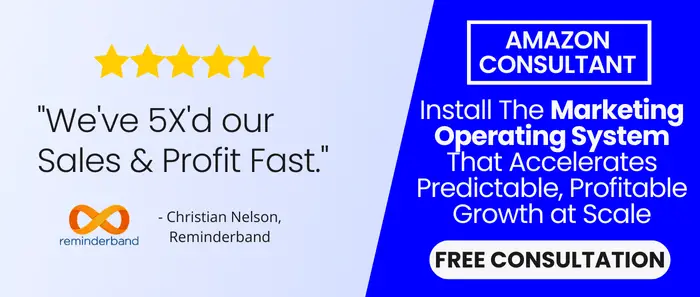
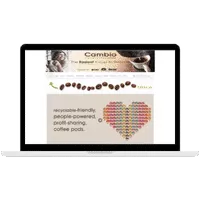
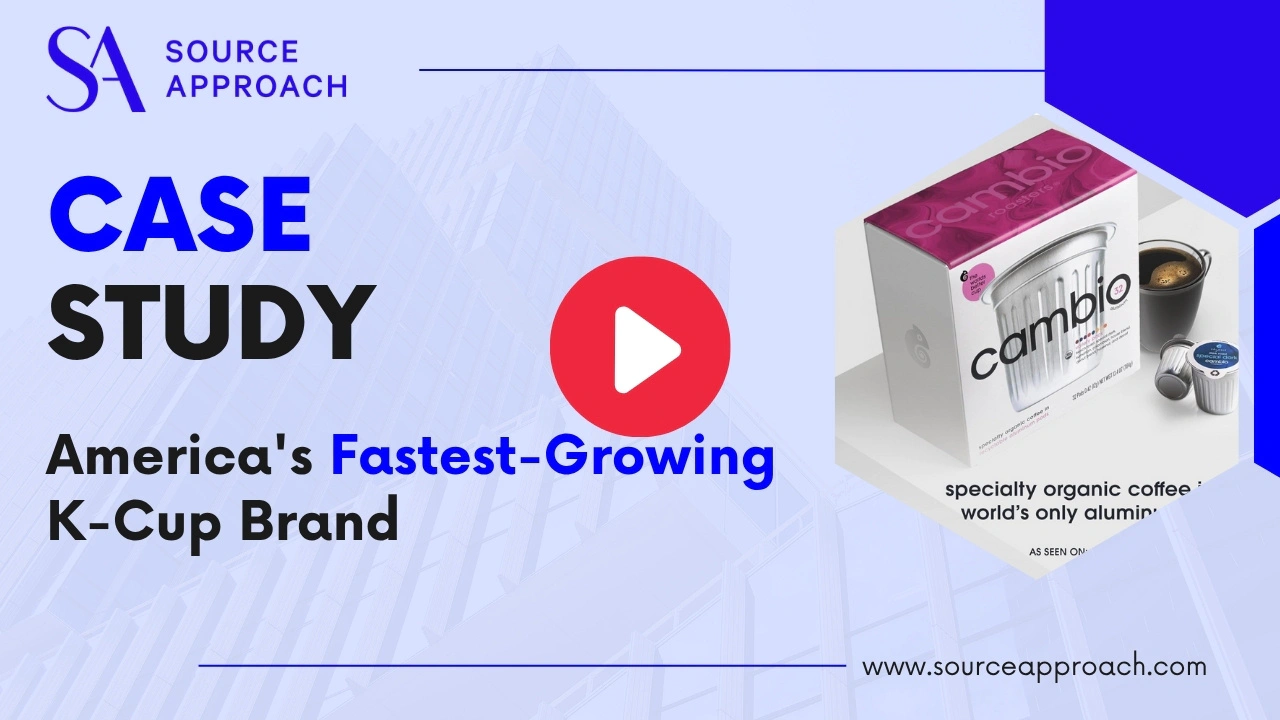
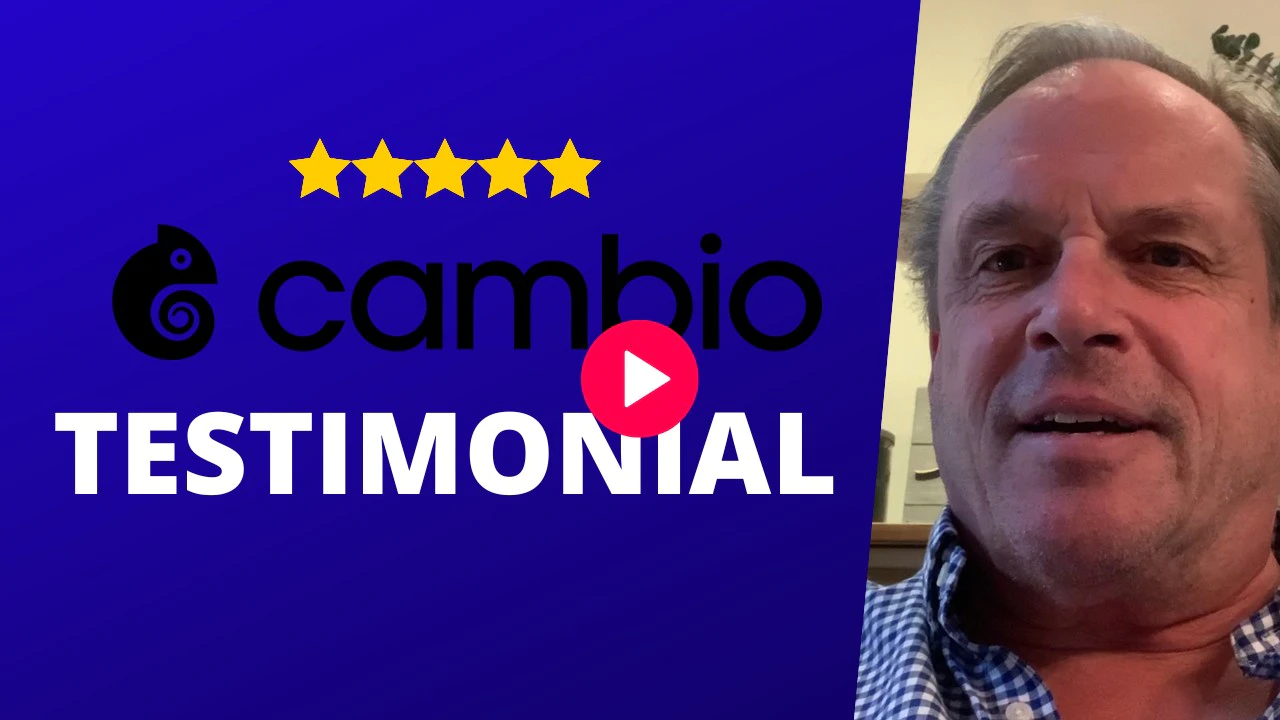
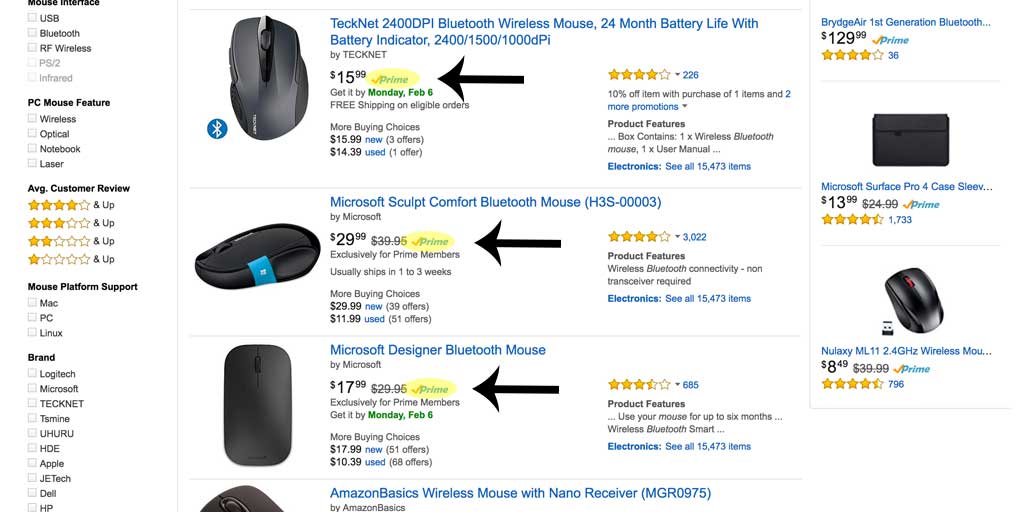
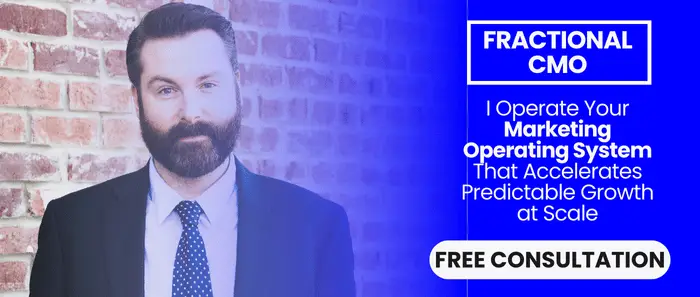

![How To Drive External Traffic To Amazon Listings [GUIDE]](https://www.sourceapproach.com/wp-content/uploads/2025/07/How-To-Drive-External-Traffic-To-Amazon-Featured-Image-The-Source-Approach-Amazon-Consultant-eCommerce-Consultant-Fractional-CMO.png)
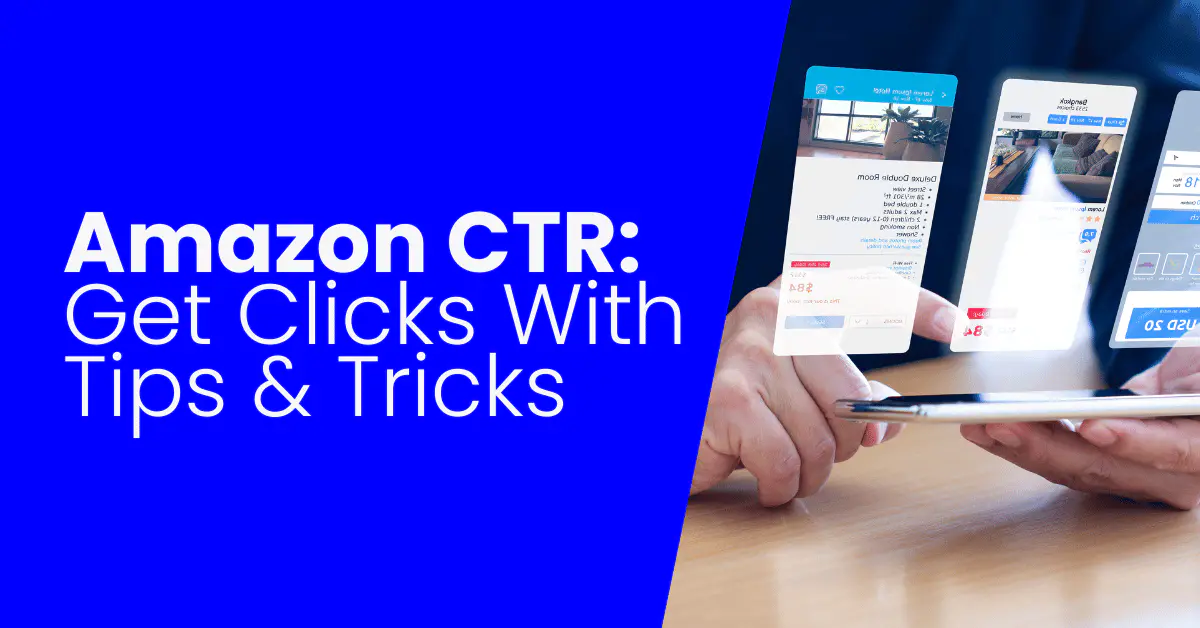
![How to Switch From FBA to FBM [Step By Step]](https://www.sourceapproach.com/wp-content/uploads/2025/07/How-to-Switch-From-FBA-to-FBM-The-Source-Approach-Amazon-Consultant-eCommerce-Consultant-Fractional-CMO.png)
